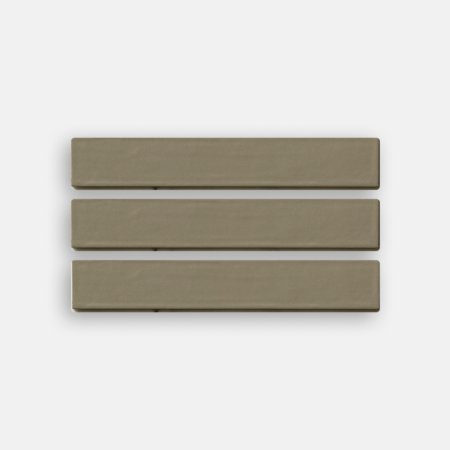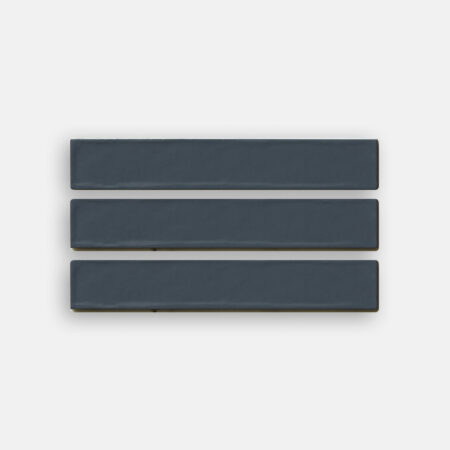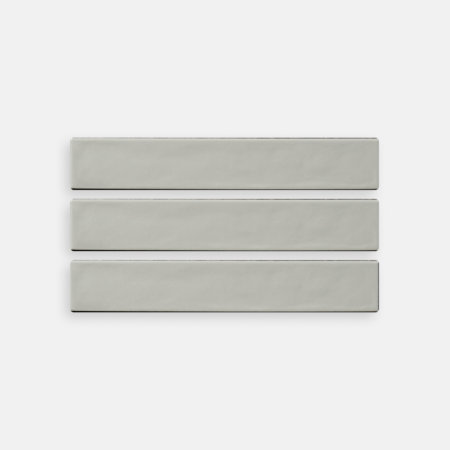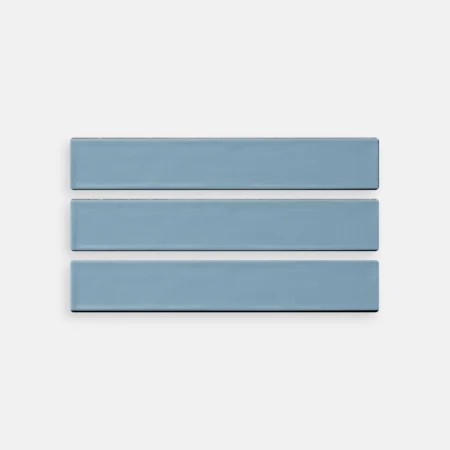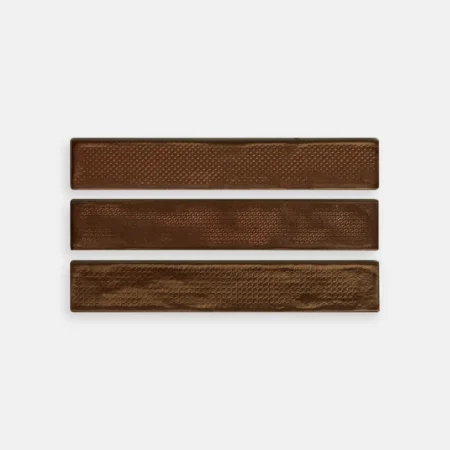- Color
- Look
- Format
- Material
- Shape
- Application
- Bathroom Tiles
- Feature Tiles
- Fireplace Tiles
- Floor Tiles
- Kitchen Splashback Tiles
- Kitchen Tiles
- Laundry Tiles
- Living Room Tiles
- Outdoor Tiles
- Splashback Tiles
- Wall Tiles
- Garage Tiles
- Pool Tiles
- Balcony Tiles
- Laundry Tiles North Sydney
- Laundry Tiles Newtown
- Laundry Tiles Redfern
- Parramatta
- Outdoor Tiles Bondi Junction
- Outdoor Tiles Melbourne
- Outdoor Tiles Brisbane
- Outdoor Tiles Gold Coast
- Bathroom Tiles Melbourne
- Bathroom Tiles Gold Coast
- Laundry Tiles Melbourne
- Laundry Tiles Gold Coast
- Floor Tiles Melbourne
- Floor Tiles Gold Coast
- Kitchen Tiles Melbourne
- Kitchen Tiles Gold Coast
- Kitchen Tiles Brisbane
- Laundry Tiles Brisbane
- Laundry Tiles Parramatta
- Kitchen Tiles Parramatta
- Kitchen Splashback Tiles Melbourne
- Wall Tiles Melbourne
- Wall Tiles Brisbane
- Fireplace Tiles Brisbane
- Fireplace Tiles Melbourne
- Fireplace Tiles Gold Coast
- Fireplace Tiles Parramatta
- Wall Tiles in Parramatta
- Bathroom Tiles Brisbane
- Bathroom Tiles Parramatta
- Feature Tiles Melbourne
- Feature Tiles Brisbane
- Feature Tiles Parramatta
- Feature Tiles Gold Coast
- Living Room Tiles Gold Coast
- Living Room Tiles Brisbane
- Living Room Tiles Melbourne
- Living Room Tiles Parramatta
- Floor Tiles Parramatta
- Pool Tiles Parramatta
- Pool Tiles Brisbane
- Pool Tiles Melbourne
- Pool Tiles Gold Coast
- Garage Tiles In Brisbane
- Garage Tiles In Melbourne
- Garage Tiles In Gold Coast
- Garage Tiles in Parramatta
- Kitchen Splashback Tiles Brisbane
- Kitchen Splashback Tiles Gold Coast
- Kitchen Splashback Tiles Parramatta
- Wall Tiles In Gold Coast
- Splashback Tiles In Brisbane
- Splashback Tiles In Melbourne
- Splashback Tiles In Gold Coast
- 1180 x 180 x 10
- 1200 x 200 x 10
- 1210 x 200 x 10
- 210 x 270
- 243 x 317
- 256 x 295.5
- 259 x 273
- 266 x 238
- 266 x 305
- 2700 x 1200 x 6
- 275 x 275
- 276 x 259
- 2780 x 1200 x 6
- 2800 x 1200 x 6
- 282 x 308
- 292.5 x 324
- 296 x 299
- 296 x 300
- 300 x 300
- 300 x 300 x 10
- 300 x 600
- 300 x 600 x 10
- 300 x 600 x 12
- 300 x 600 x 15
- 300 x 600 x 20
- 300 x 800
- 305 x 266
- 305 x 610 x 10
- 305 x 610 x 12
- 305 x 610 x 13
- 305 x 610 x 14
- 306 x 306
- 307.5 x 266
- 314 x 328
- 315 x 294
- 3220 x 1600 x 20
- 325 x 281
- 370 x 61 x 6
- 400 x 600 x 20
- 400 x 800 x 12
- 450 x 900
- 600 x 1200
- 600 x 1200 x 10
- 600 x 1200 x 11
- 600 x 1200 x 13
- 600 x 600
- 600 x 600 x 10
- 600 x 900 x 11
- 600×1200
- 610 x 610 x 10
- 610 x 610 x 16
- 900 x 900
-
Napoleon Black $96.00
Indulge in luxury with our Polished Rectangular Napoleon Black Porcelain Tiles, boasting a deep black hue and sleek finish. Dimensions: 370 X 61 X 6. Elevate your space with timeless elegance.
-
Napoleon Desert $96.00
Captivate with Polished rectangular porcelain tiles, Napoleon Desert. Its dimensions of 370 x 61 x 6 and elegant finish elevate any space, offering a seamless and durable solution for your tiling needs.
-
Napoleon Egeo $96.00
Elevate your space with these polished porcelain Napoleon Egeo rectangular tiles, measuring 370 X 61 X 6, adding a touch of sophistication to your interiors
-
Napoleon Grey Fog $96.00
Elevate your spaces with Napoleon Grey Fog polished porcelain rectangular tiles in a subtle grey shade. With dimensions of 370 X 61 X 6, they are perfect for residential and commercial use, offering durability and easy maintenance.
-
Napoleon Mint $96.00
Elevate your spaces with our Polished Napoleon Mint porcelain tiles – sleek, durable, and effortlessly stylish. Rectangular in shape, measuring 370 x 61 x 6, these tiles add a touch of tranquility to any setting.
-
Napoleon Petrol $96.00
Elevate your space with our Napoleon Petrol porcelain tile. Its polished finish, striking color, and durable porcelain material, along with dimensions 370 X 61 X 6 and rectangular shape, make it perfect for various applications.
-
Napoleon Sky $96.00
Upgrade your space with Polished Porcelain Napoleon Sky rectangular tiles, 370x61x6, effortlessly elegant and durable, perfect for enhancing your living spaces.
-
Napoleon Trame Mars $116.00
Elevate your interior design with Napoleon Trame Mars tiles, boasting dimensions of 370 x 61 x 6 create a space that exudes sophistication and charm.
-
Napoleon White $96.00
Polished Napoleon White, porcelain tiles measuring 370 x 61 x 6, featuring a sleek rectangular shape. Enhance your space with timeless elegance and brightness, perfect for various applications.
Subway Tiles
Subway Tiles
Have you ever noticed the simple, rectangular tiles on the walls of many kitchens and bathrooms? These are called subway tiles, and they’ve been popular for over a hundred years! They got their name because they were first used in the New York City subway system. Today, people all over the world love them because they’re easy to clean, they look great, and they can fit into just about any style of home.
But why are subway tiles so popular? What makes them special? In this post, we’re going to explore everything you need to know about subway tiles. We’ll look at their history, why people love them, and how you can use them in your own projects at home.
Whether you’re thinking about a home makeover, or just curious about why these tiles are everywhere, keep reading! We’ve got a lot of interesting facts and ideas to share.
What is a Subway Tile?
A subway tile is a simple, rectangular tile, often twice as wide as it is tall, and traditionally measuring 3 by 6 inches. Its name is derived from its birthplace – the New York City subway system, where the distinctive tile pattern created a clean and bright atmosphere in otherwise gloomy underground stations. The simple design, combined with a glossy finish, helped reflect light and make the stations appear more spacious. Nowadays, this tile style has moved above ground and made itself at home in our kitchens, bathrooms, and beyond.
Subway Tile Materials
White Subway tiles come in a delightful variety of materials and textures, each offering unique charm. Ceramic subway tiles are the most common, providing a classic look with their smooth, glossy finish. They’re loved for their ease of maintenance and versatility.
If you’re looking for a dash of elegance, consider glass subway tiles. They reflect light beautifully, adding depth and interest to any space. Marble subway tiles, on the other hand, provide a luxurious touch, lending sophistication with their subtle veining, colour and texture.
For the eco-conscious homeowner, recycled materials offer an innovative alternative. These environmentally friendly tiles are crafted from materials like reclaimed glass or ceramic, providing a chic yet sustainable solution.
Stunning Subway Tile Finishes for Every Style
Glossy Finish
A glossy finish is the classic choice for subway tiles. With its reflective surface, it can add brightness and a feeling of spaciousness to any room. Ideal for areas that could use a bit of extra light, glossy white subway tiles are perfect for traditional and contemporary designs alike. Their sleek shine offers an eye-catching backdrop that highlights the beauty of your decor.
Matte Finish
If a subtler, more understated look is what you’re after, matte finish subway tiles could be your ideal match. The lack of shine offers a soft, muted look, making them perfect for achieving a rustic or minimalist aesthetic. A matte finish can provide a soothing balance in a room with plenty of natural light or shiny surfaces, bringing a sense of tranquility and serenity to your space.
Hand-glazed Finish
Hand-glazed subway wall tiles that, with their slight irregularities and rich, deep colours, bring an artisanal charm to any space. Their glossy, uneven finish reflects light in unique ways, adding depth and texture. Perfect for a boho-chic aesthetic or any design that embraces the beauty of imperfection, hand-glazed subway tiles are sure to make your walls a talking point.
Crackled Finish
For those who love a touch of nostalgia, crackled finish subway tiles offer a unique aesthetic that harkens back to a bygone era. The tiny “cracks” in the glaze add character and depth, giving your walls a beautifully aged look. This finish is ideal for a vintage or farmhouse-style interior design throughout, providing an old-world charm that is both welcoming and distinctive.
Textured Finish
A textured finish takes the subway tile’s simplicity and adds an exciting twist. Whether it’s a ripple effect or a subtle 3D pattern, a textured subway wall tile really adds visual interest and tactile appeal to your walls. Ideal for modern, eclectic, or industrial-style interiors, textured subway tiles can transform a plain wall into a striking feature of the room.
Where to Use Subway Tiles
The beauty of subway tiles lies in their adaptability. In kitchen splashback, they make for a splendid backsplash, providing an easy-to-clean surface that’s both practical and eye-catching. In bathrooms, black subway tiles lend a spa-like ambiance, particularly when used in the shower or around the bathtub.
Turning Up the Heat
Explore the versatility of subway wall tile as we delve into its role in elevating the aesthetics of the heart of our homes – the kitchen. From backsplashes to kitchen islands, let’s investigate how these rectangular wonders can transform your cooking space.
Making a Splash
In the realm of bathrooms, subway tiles reign supreme. Discover how these iconic tiles, whether used in showers, around bathtubs, or on floors, can create a soothing sanctuary right within your home.
Living it Up
Step outside the conventional and journey with us as we uncover the unexpected timeless look of subway tiles in the living room. Whether it’s a stunning feature wall or a subtly tiled fireplace surround, learn how subway tiles can elevate your communal space.
Breaking the Mold
For those who enjoy venturing off the beaten path, this section is for you. We delve into the most inventive and out-of-the-box uses of subway tiles, from hallways to bedrooms, and beyond. Unleash your creativity as we demonstrate the sheer adaptability of these beloved tiles.
Don’t feel restricted to these traditional spaces, though. Subway tiles can make a statement in living areas, perhaps as wall tiles, kitchen splashback, or fireplace surround. With a bit of creativity, they can even serve as an unexpected accent in a hallway or bathroom wall.
Maintenance Tips for Your Subway Tile Installation
While subway tiles are low-maintenance, some care is necessary to keep them looking their best. Here are a few tips to ensure their longevity:
Regular Cleaning
Regular cleaning keeps subway tiles sparkling. Simply wipe them down with a damp cloth or sponge and mild soap. For more stubborn grime, a solution of vinegar and warm water can work wonders. The key is consistency – a quick clean once a week can prevent dirt buildup and maintain your tiles’ sheen.
Grout Care
The grout between your tiles needs as much attention as the tiles themselves. Grout can attract dirt and may discolor over time. A toothbrush and a homemade paste of baking soda and water will usually do the trick. Remember, grout can be porous, so consider applying a sealant to prevent staining.
Stain Prevention
Prevention is always better than cure, especially with stains. Try to wipe up spills as soon as they occur, especially on lighter tiles or grout. For tougher stains, a commercial tile cleaner could be a good investment.
Tile Repair
Occasionally, tiles may chip or crack. Small chips can be filled in with a repair kit, but larger cracks might require replacing the tile. If you’re not confident in your DIY skills, don’t hesitate to call a professional.
Professional Cleaning
For a deep clean or to tackle persistent stains, consider professional cleaning. A professional can also reseal tiles and grout, offering an extra layer of protection against future grime and ensuring your bathroom walls and tiles look fresh for longer.
Conclusion
From their humble beginnings in the New York subway system to their central role in modern design, subway tiles have a fascinating story to tell. They’re the epitome of timeless design, combining simplicity with versatility. Whether you’re drawn to the classic ceramic or intrigued by glass, marble, or recycled materials, there’s a subway tile that’s perfect for your next project.
But remember, even these low-maintenance beauties need a bit of care to shine. Regular cleaning, grout maintenance, stain prevention, and occasional professional attention will keep your subway tiles looking their best for years to come.
FAQ
Why is it called a subway tile?
Ever wondered why we call it “subway tile”? The name comes from its original use in the New York City subway system, which debuted in 1904. The designers selected these bright white, easy-to-clean tiles to create a welcoming atmosphere in the otherwise dark and dank underground stations. The aesthetic appeal and practicality of the design quickly caught the public’s attention, and soon “subway tile” became synonymous with this simple, elegant tile style.
What are subway tiles?
Subway tiles are a classic design element, known for decades for their simplicity and versatility. They’re typically rectangular, often twice as wide as they are tall, with the traditional size being 3 by 6 inches. However, today’s design trends have given rise to different sizes and even colors, broadening the possibilities for creative uses.
What size do subway tiles come in?
While the traditional size of subway tiles is 3 by 6 inches, contemporary design has brought a variety of sizes and shapes to the market. You’ll find miniature versions that measure 1 by 2 inches, perfect for intricate patterns or small spaces, as well as larger versions, like 4 by 8 inches or even 4 by 12 inches, which can provide a more modern, dramatic look. The size you choose largely depends on the look you’re after and the size of the space you’re working with.

